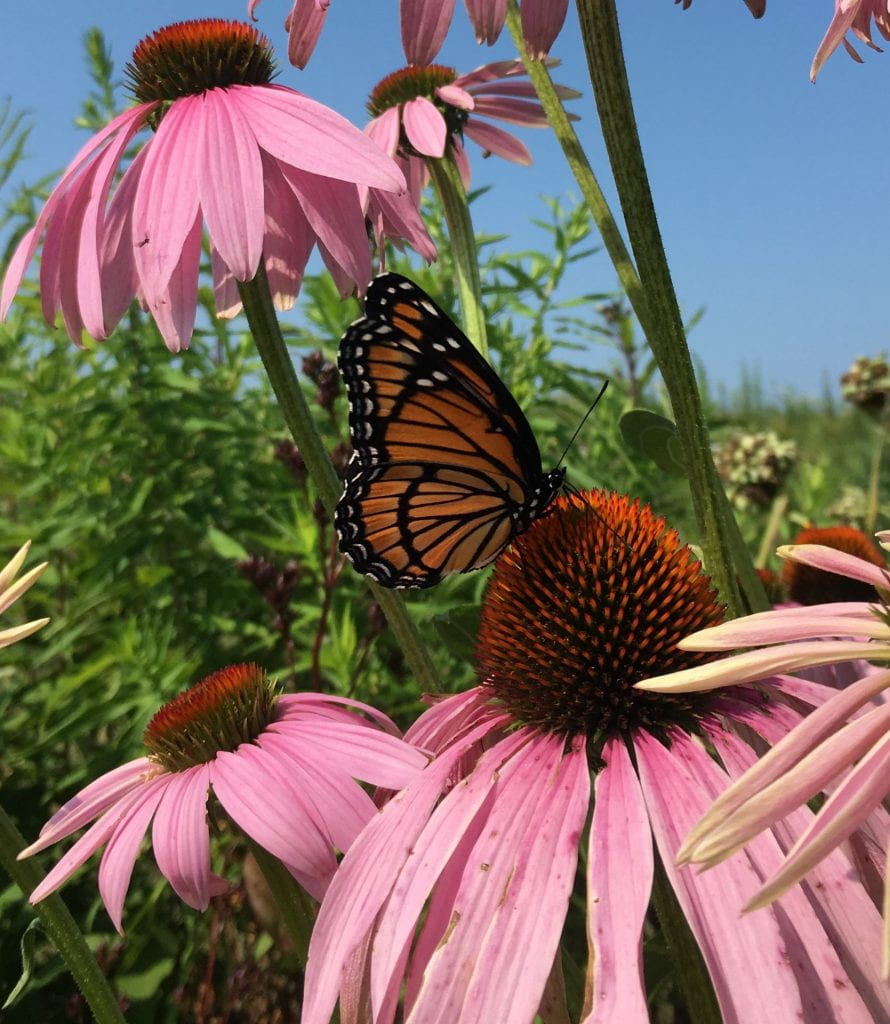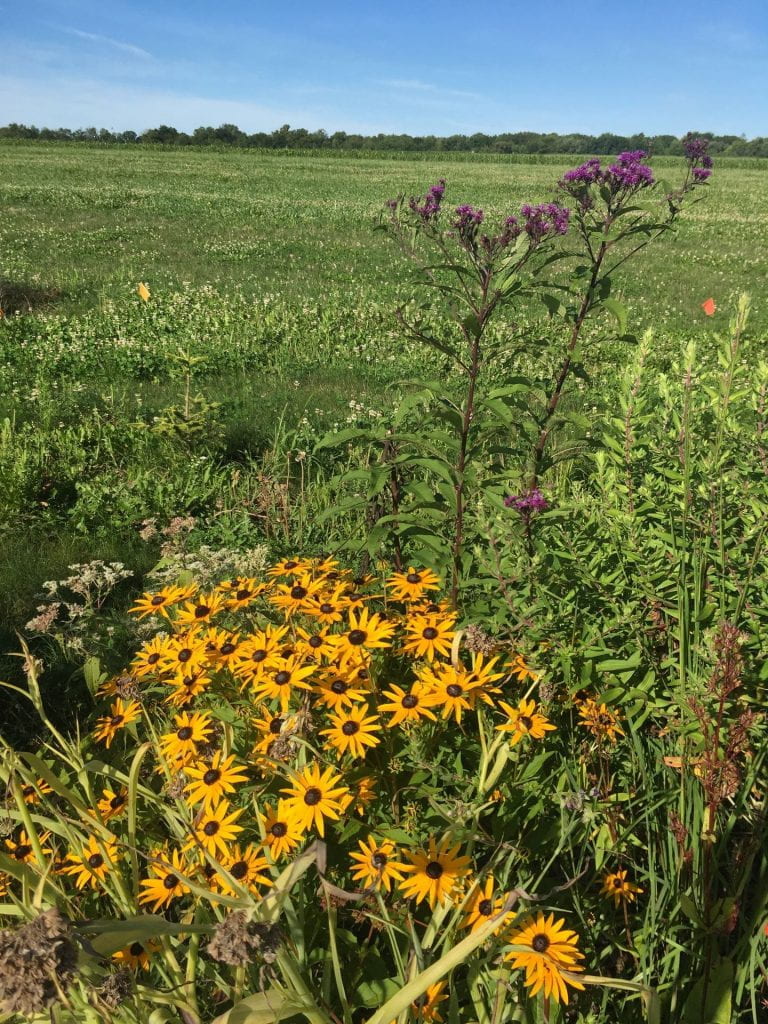
Labor Day weekend may be viewed by some as the end of summer, but farmers know that the summer growing (and harvesting!) season is far from over. Similarly, the field projects I’m involved with this summer (read more here and here) are still running. Over the fall and winter I’ll be analyzing data and sharing results (on this blog, and at winter meetings). In the meantime, here’s a pictorial summary of my summer projects (so far).























The field projects I’ve just described will be wrapping up in September. Check back to learn about the results. Better yet, click the green “Subscribe” button towards the top and right of this page, and you’ll receive an email when a new post is available!
In the meantime, there will still be at least a few more weeks of pictures posted regularly on Twitter (@AmaraDunn) and Instagram (@biocontrol.nysipm).
Biofungicide project was funded by the New York Farm Viability Institute.
Creating habitat for beneficial arthropods was supported by:
- Crop Protection and Pest Management -Extension Implementation Program Area grant no. 2017-70006-27142/project accession no. 1014000, from the USDA National Institute of Food and Agriculture.
- New York State Department of Agriculture and Markets
- Towards Sustainability Foundation

